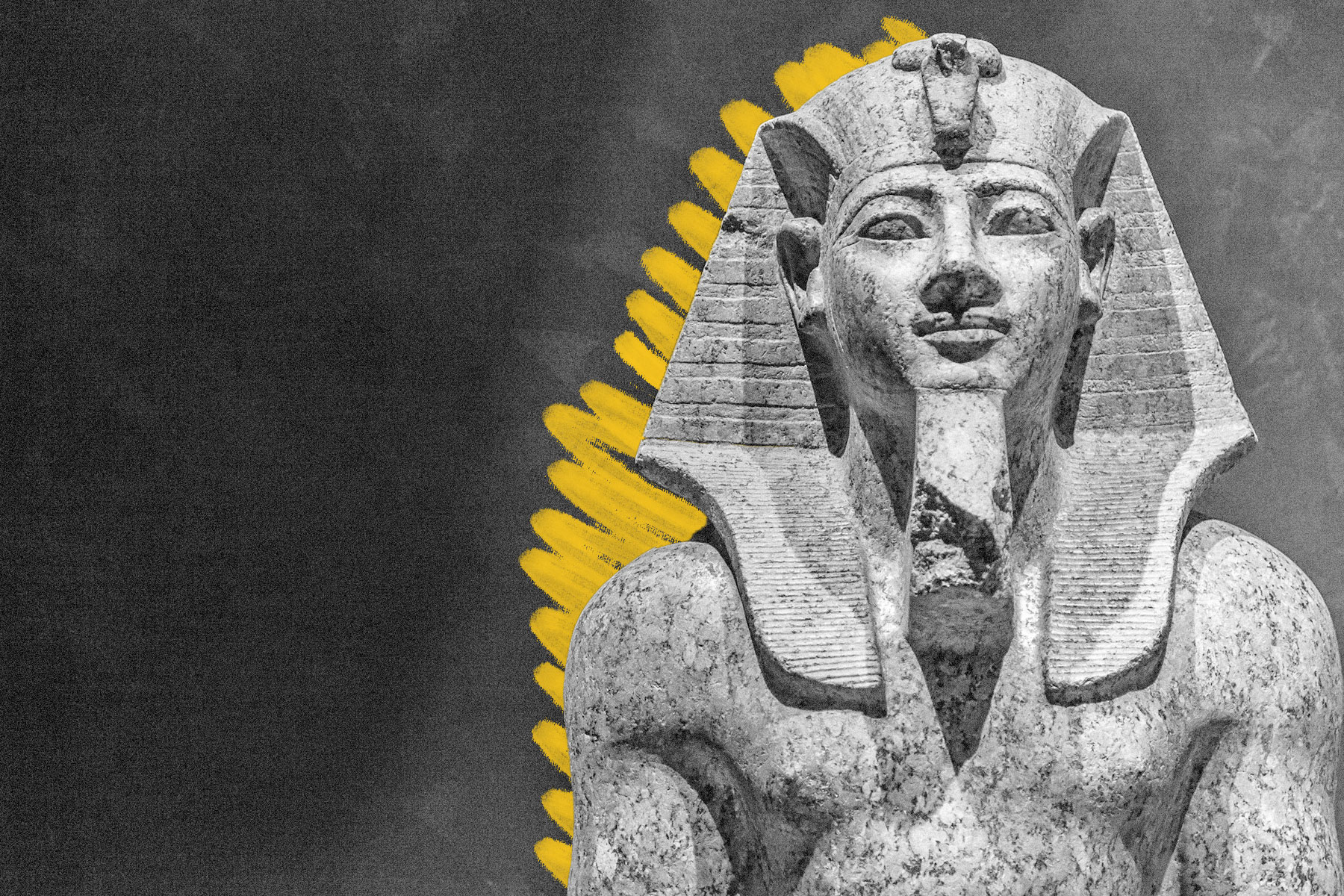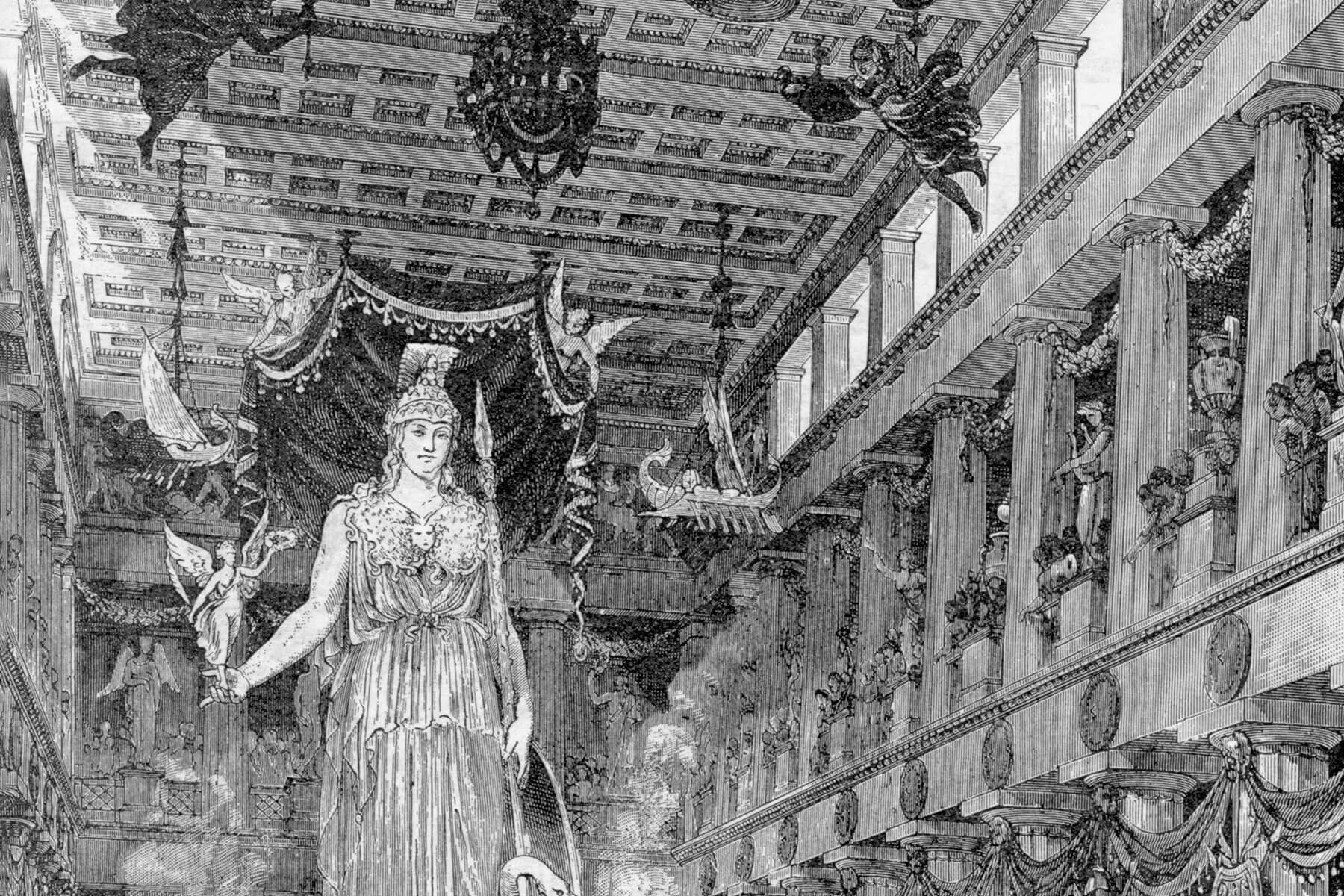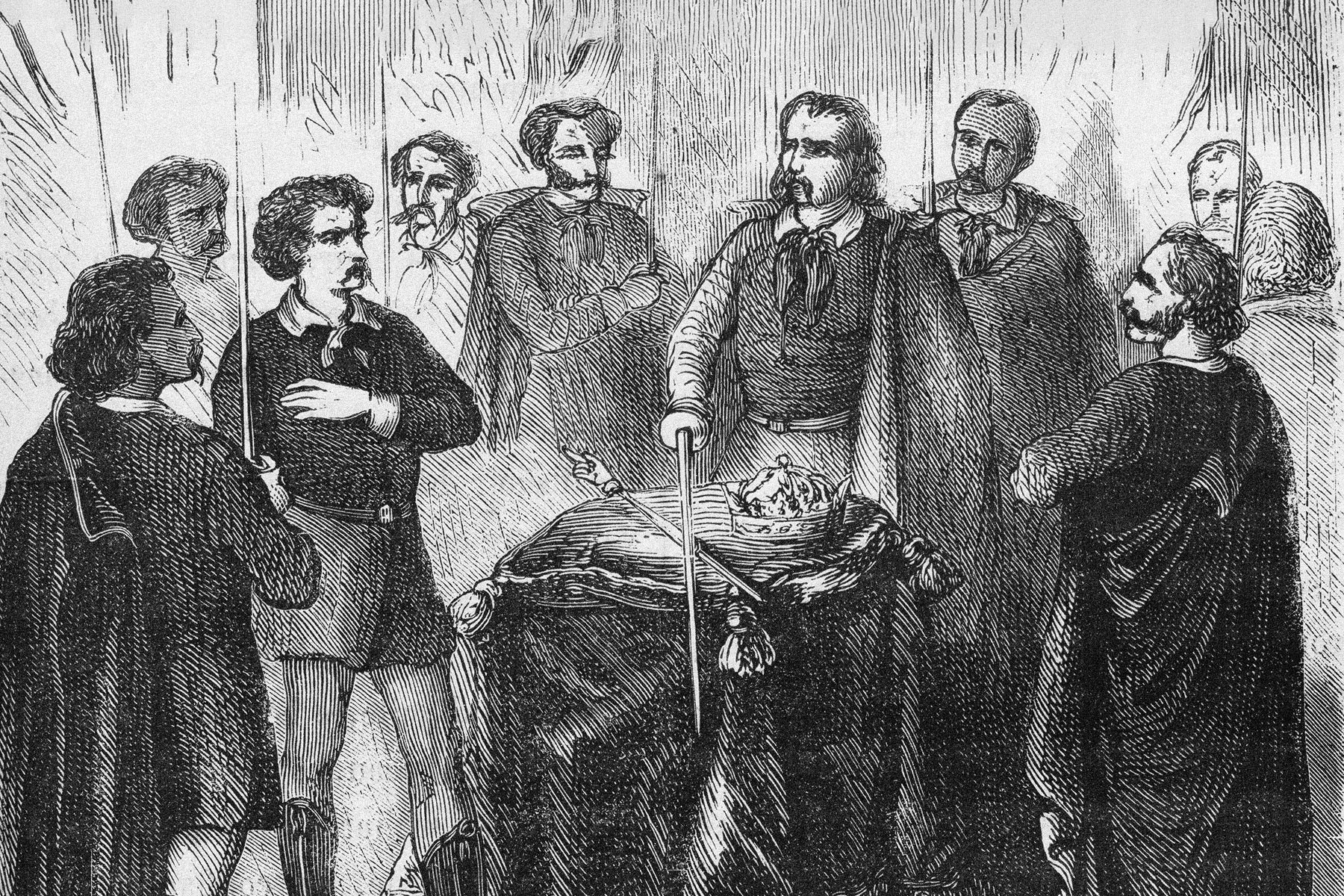| E gyptian pharaohs were seen by their subjects as gods — but sometimes, those "gods" had to prove their worth. This occurred at a jubilee-style celebration meant to reaffirm an aging ruler's kingship, known as the Heb-Sed or Sed festival. The tradition dates back to the first dynasty of ancient Egypt, around 3000 BCE, and usually took place in the 30th year of a pharaoh's reign (and every three years after that). The event was filled with sacrifices, crownings, and other lavish displays; the Heb-Sed of Amenhotep III, for instance, featured the construction of temples and colossal sculptures all along the Nile valley. But the main event was a footrace run by the pharaoh — dressed in a kilt with an attached animal tail — to demonstrate their physical fitness. |
|
| According to Egyptologists, ancient Egyptians likely related the health of their ruler to the overall health and virility of the kingdom. If a pharaoh couldn't complete the race, it signaled that it was time to make way for a younger, healthier leader. Of course, thousands of years before modern medicine, 30 years was a long life span, and only a small percentage of pharaohs lived long enough to celebrate a Heb-Sed. Not all of them passed the test: Although a simple footrace may seem like a relatively easy method for reaffirming your reign, pharaohs were not nearly as svelte or athletic as hieroglyphics and ancient carvings would have us believe. Many kings and queens were plagued with various maladies caused by inbreeding, as well as obesity: A pharaoh's diet, often filled with beer, wine, bread, and honey, contained an awful lot of sugar. |













No comments:
Post a Comment